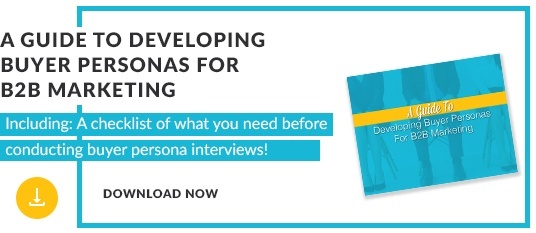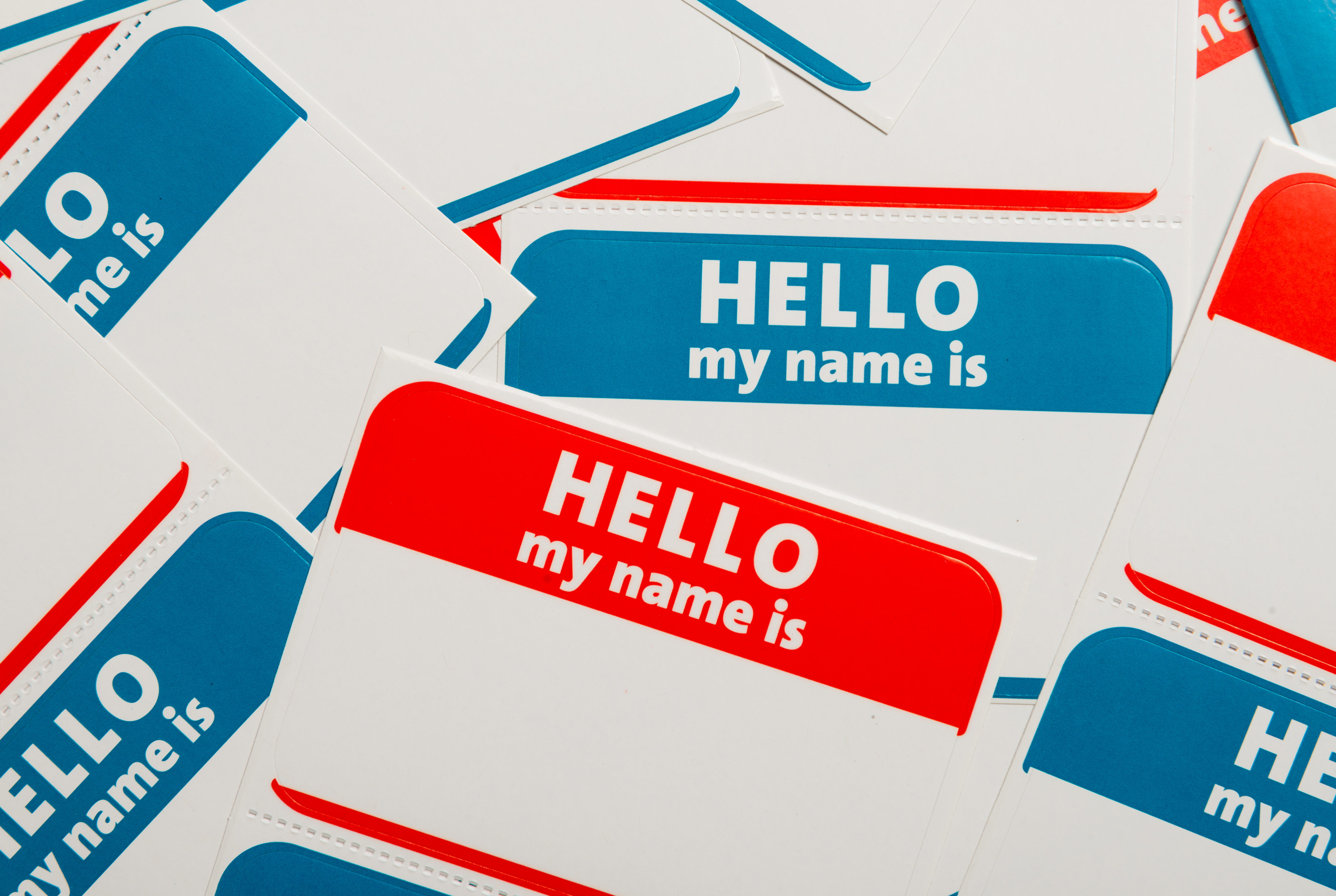 Ericka Lewis
Ericka Lewis

Shakespeare was right to question – what’s in a name? As it turns out, a name can represent a lot about an entity.
How to create a brand name
Choosing the right name for your company is an important step within every brand development strategy, as it represents to the public what your brand ultimately stands for. Pick the wrong name and you could shut out potential business before you even have the chance to explain who you are and what you do.
Here are 7 things to consider when naming your brand:
1. Is Your Name Memorable?
You’ll want to consider pronunciation, spelling and length as a priority when entering into the naming phase of your brand development strategy.
If your target audience can't easily pronounce your name, it could lead to a branding disaster. Imagine your clients going around mispronouncing your name. Before deciding on a name, have a few people read the name that are not part of the process to see how they pronounce it. You may also want to run a test answering the phone with it (e.g. "Thank you for calling XYZ Co., how can I help you"). This will help to identify if your name is hard to pronounce.
If the name is too difficult to spell, it will be hard to type into search engines or other platforms as people search for your brand. If they can't spell your name, the best case scenario is that they stumble upon you. Worst case scenario, they find the competition first. If someone is directly looking for you, make sure unnecessarily complex spelling doesn't hold them back.
If the name is too long, clients will struggle to remember it correctly. Additionally, clients will naturally shorten long company names (e.g. Harley-Davidson Motor Company). If you have to have a longer name, be sure to plan the way you want it shortened. Don't leave this up to your audience.
You want your name to represent your brand in a way that comes easy to the audience you’re targeting. This will make you findable, sharable and most importantly, memorable.
2. Give Some Visual Vigor
A number of studies have suggested that individuals have a larger capacity for remembering that which they see over that which they hear. Adding a visual element to your brand name could up your odds of being recalled when a purchase decision is on the table. This could mean using words that spark imagination or displaying the name in a visually unique way in the logo.
The color of your brand name may also play a factor in the consumer’s reaction. Color creates a strong emotional association that can work for or against your brand. For instance, red induces high energy while green insinuates calmness and growth.
During the naming process ask yourself, what does this name look like? Does the image stand out in a positive way?
3. Foster Positive Brand Connection
Choose your words carefully during this phase of your brand development strategy. Different words can have different connotations to different people. You’ll want to make certain that your brand name is composed of strong, positive or descriptive words that won’t trigger any types of negative emotion. Your business doesn’t want that type of association. Be sure to check the meaning of the name in the languages and regions you intend to do business in.

4. Clearly Identify
Even with a properly executed brand development strategy, your brand won’t become a household sensation overnight. You’ll want to draft a brand name that provides a hint to your target audience about what your business actually does. This property will not only give clear definition but also could make your business easier to find.
5. Domain Name
The domain name is a critical element to the success of your brand. Your online home plays host to a major part of your brand development strategy and if you don’t snag a domain name that fits, you might as well throw away all the brainstorming you’ve done for the naming game and start from scratch.
As you are brainstorming ideas, be sure you are checking the availability of the corresponding domain name. Keep in mind that your domain name doesn't have to be an exact match to your business name (e.g. www.getharvest.com), but it is generally better if it is.
It is also good to check that availability of the potential brand's social media vanity urls. You can use tools like NameChk to easily check the availability across multiple social platforms.
6. Similar Names
Make sure the brand name you choose doesn’t already exist. You don't want your audience to have to choose between two companies with the same name.
Duplicate brand names can also lead to legal issues, especially in related industries. Be sure to do an extensive around the name you are considering.
Be different. Find something meaningfully unique.
7. Acronyms
In an attempt to get around the rule that suggests a brand name shouldn’t be too long, some companies use what they think is a clever approach. They take their long brand names and shorten them by using acronyms.
While these acronyms might make sense to those closest to the brand, the estranged public has no idea what each letter stands for and therefore, has no idea what the brand is all about. It’s best to go with a name that clearly defines what the brand is so that audiences don’t have to guess.
What’s in a name?
Your brand name will have an impact on the success of your business. When working on your naming strategy, make sure that you cover every possible base to boost your odds of success.
Make your brand name positive, memorable and visually appealing. Be sure that a domain name exists that will align with your brand and don’t make audiences work too hard to figure out what your brand is all about.
